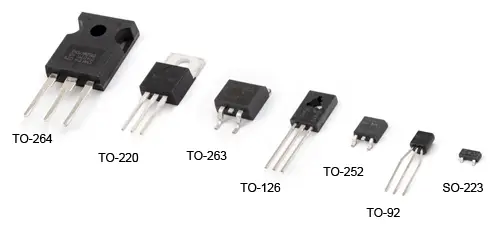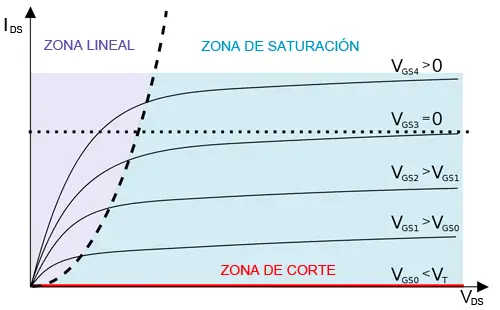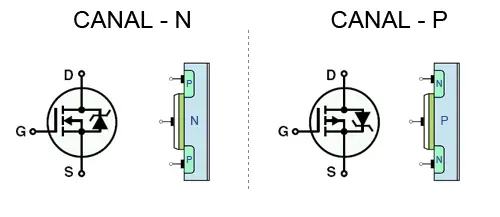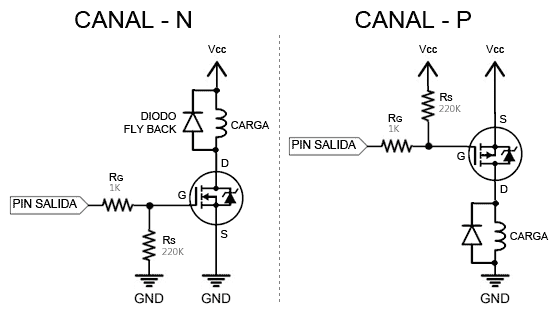What is a MOSFET Transistor?
A MOSFET (Metal-Oxide-Semiconductor Field-Effect Transistor) is a device widely used in modern electronics to control large loads efficiently.

How MOSFETs Work
MOSFETs are voltage-controlled devices with three terminals: Gate, Source, and Drain. They operate in Cut-off, Saturation, and Linear regions.

Wiring Diagram
To use a MOSFET with Arduino, follow the wiring diagram for N-Channel or P-Channel configurations depending on your circuit requirements.

Using Inductive Loads
When connecting inductive loads, always add a flyback diode to protect the MOSFET and Arduino from voltage spikes.

Example Code
// Example code for controlling a load with Arduino and MOSFET
const int loadPin = 9;
void setup() {
pinMode(loadPin, OUTPUT);
}
void loop() {
digitalWrite(loadPin, HIGH);
delay(1000);
digitalWrite(loadPin, LOW);
delay(1000);
}
Conclusion
MOSFETs are a powerful solution for controlling large loads. Ensure you choose the right type of MOSFET for your circuit, and use protection devices like flyback diodes for reliable operation.